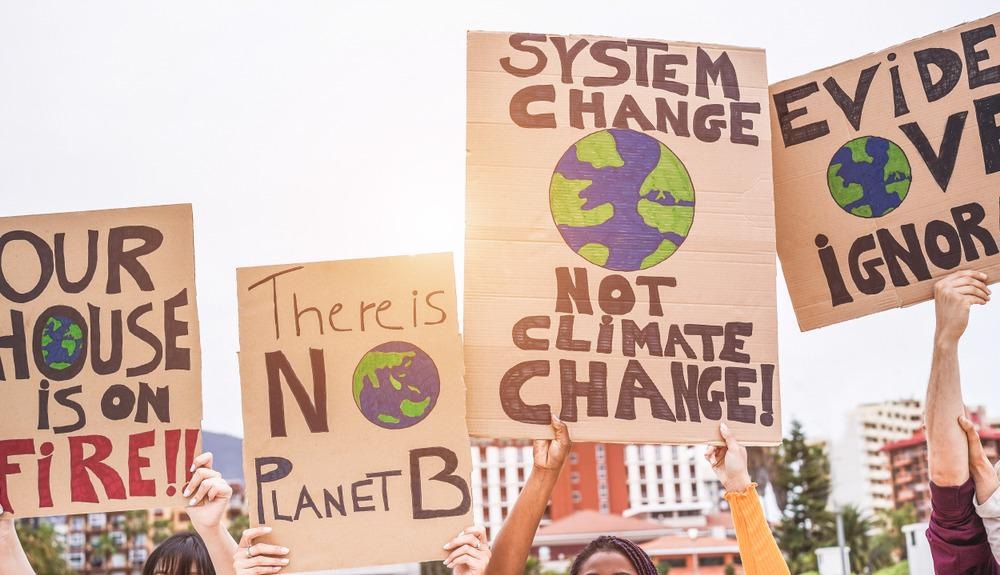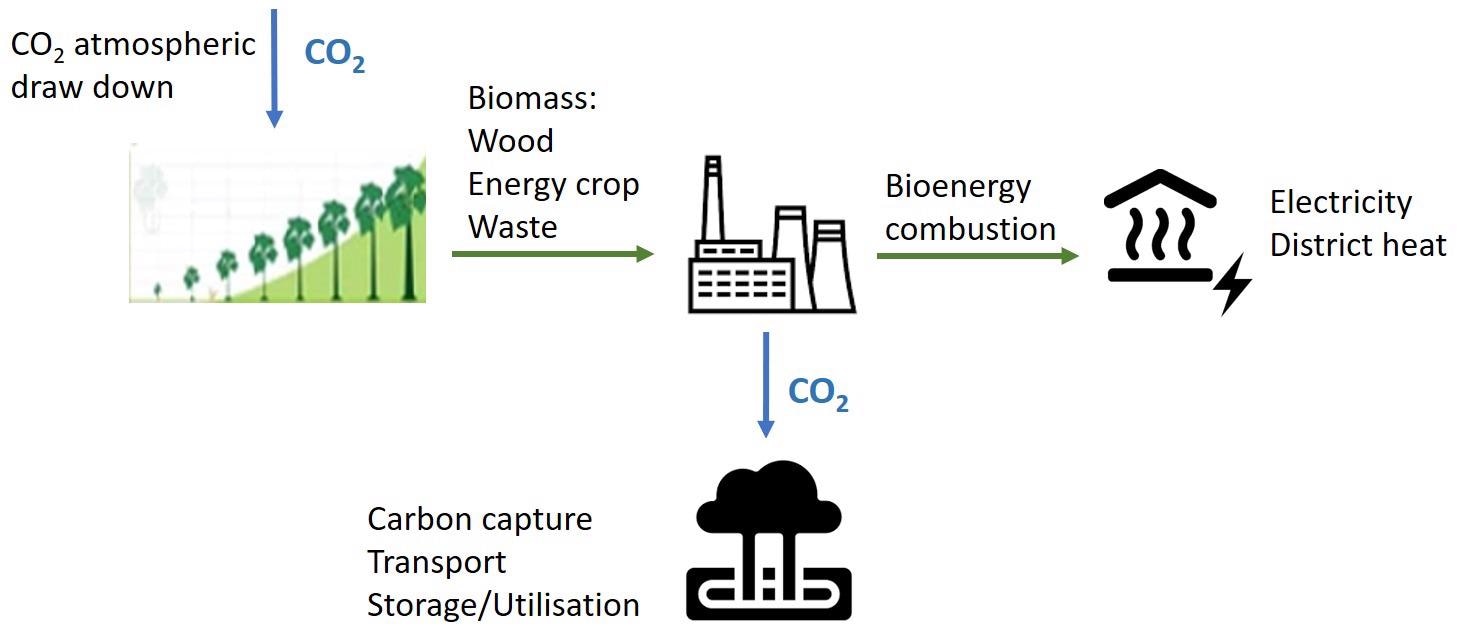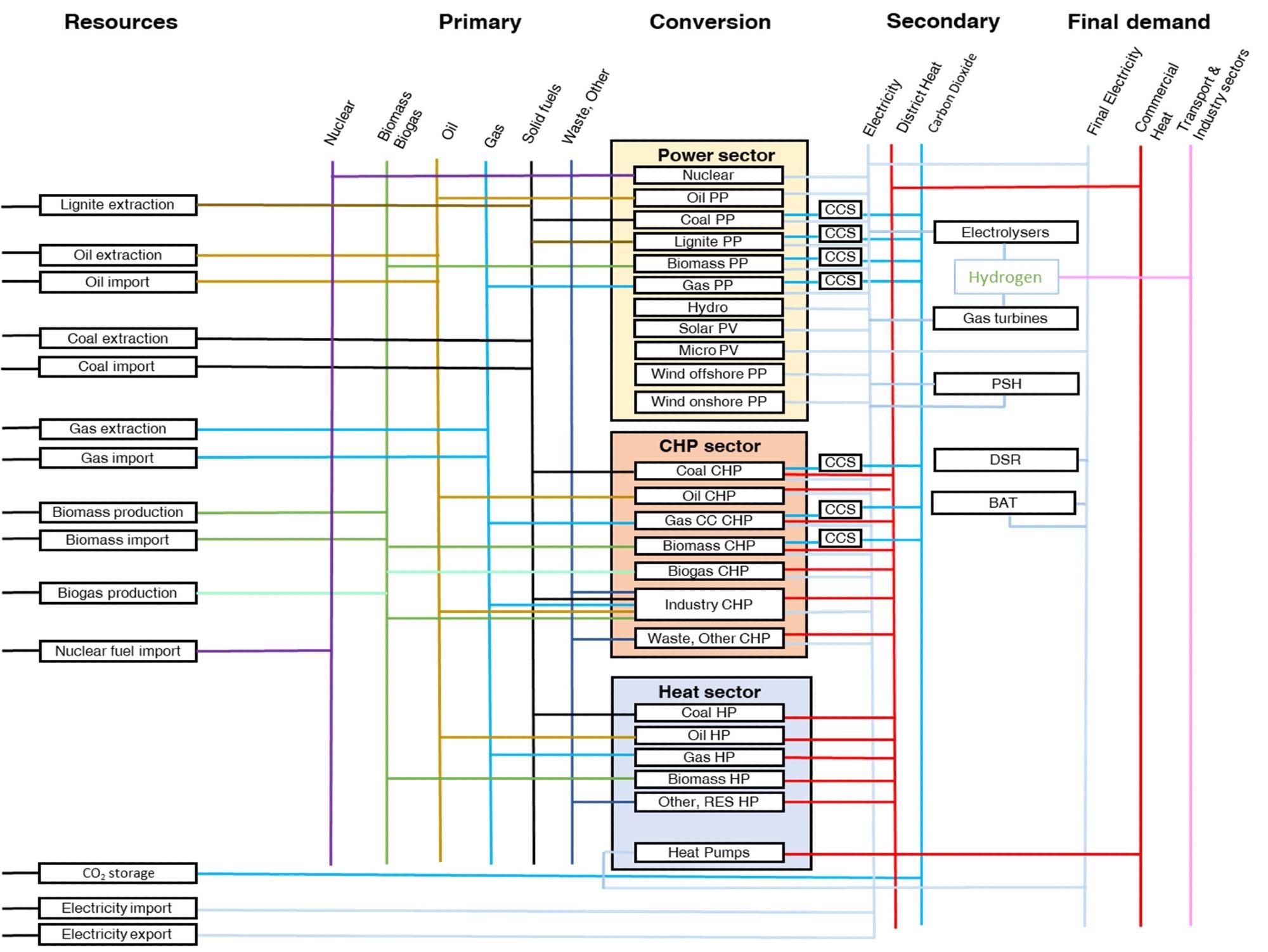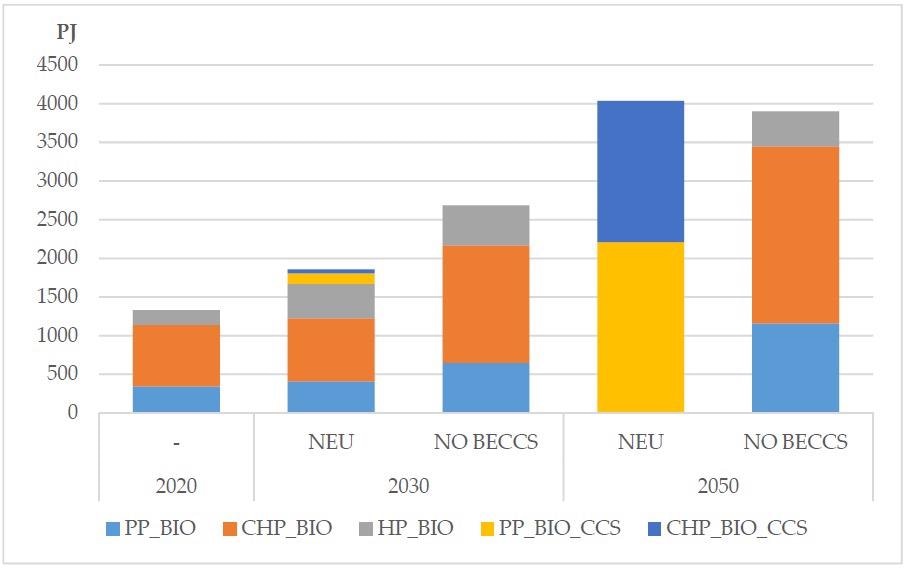The recent COP26 has highlighted the need for actionable climate change mitigation strategies. A paper published online in the journal Energies has been presented with the aim of analyzing the contribution bioenergy with carbon capture and storage (BECCS) will make to help achieve the European Union’s climate targets.

Study: The Role of BECCS in Achieving Climate Neutrality in the European Union. Image Credit: DisobeyArt/Shutterstock.com
The Urgent Need to Achieve Net Zero
There has been much talk recently about how global society needs to move toward net-zero carbon emissions by 2050. Whilst phasing out fossil fuels in favor of renewable energy sources such as solar and wind power will play their part in reducing carbon emissions, this will not be sufficient to achieve net-zero. The world urgently needs to reach this if the worst effects of anthropogenic climate change are to be avoided.

Bioenergy with carbon capture and storage (BECCS) technology. Image Credit: Tatarewicz, I et al., Energies
Large-scale technological solutions also need to be employed to mitigate the levels of carbon dioxide currently entering the environment from industrial processes and human activities. These technologies include carbon capture and storage (CCS) and bioenergy with carbon capture and storage (BECCS) and are classified as negative emissions technologies. Other solutions include reforestation, industrial electrification, electric and hydrogen fuel cell vehicles, and green agricultural practices.
The European Green Deal Strategy has been implemented by the EU, with the aim to reduce carbon emissions by 55% compared to 1990 levels. This policy is in line with the Paris Agreement that aims to limit global temperature rises to below 2 oC and ideally below 1.5 oC. Another current aim, alongside this pledge to cut carbon emissions, is to increase the competitiveness of European industry and carry out a fair transition to net zero.
Negative Emission Technologies and BECCS
Negative emission technologies have been receiving focus due to their ability to remove atmospheric carbon dioxide and store it for disposal or future use. BECCS has featured in many climate stabilization strategies and is included in three out of the four IPCC Special Report illustrative pathways for mitigation targets. Negative emission technologies are geo-engineering techniques that mitigate the current energy system’s impact on climate change.
During plant growth, carbon dioxide is absorbed via photosynthesis. BECCS then uses this biomass as a fuel, with the carbon dioxide produced in the process removed from the atmosphere by carbon capture technologies. This sequestered carbon dioxide is then stored underground or reused in other industrial processes.

Schematic of energy chain implemented in the MEESA model. Source: own elaboration. Image Credit: Tatarewicz, I et al., Energies
BECCS offsets emissions in sectors where they are difficult to reduce. Compared to the high prices of CO2 emission allowances, BECCS is a cost-competitive technology. As long as the emissions created by the process do not exceed the carbon dioxide photosynthesized by the biomass, there is a net reduction in atmospheric CO2. Therefore, this process offsets insufficient mitigation strategies.
Negative emission technologies such as BECCS compensate for current global warming mitigation strategies, which are regarded as inadequate and could lead to cumulative greenhouse gas emission levels higher than those set by the European Union’s legislation.
To illustrate the importance of the technology to international thinking, it is central to the CCC’s Net-Zero scenarios, contributing to negative carbon dioxide emissions in the range of 16-39 Mt by 2050 in the United Kingdom alone.
Understanding the feasibility of the technology to realize its potential large-scale adoption is vital, as is a deeper knowledge of its limitations and required conditions.
Elaborating on Current Research to Realize BECCS’s Potential for Climate Mitigation Strategies
The paper published in Energies has elaborated on the current research in the field of BECCS, especially selected studies from the LIFE Climate CAKE PL project to create a comprehensive overview of the state of current progress. In the study, the economic, technical, and environmental feasibility of the technology was analyzed and examined.
Additionally, the potential of the technology to provide electricity and heat in power stations and combined heat and power installations in the EU was investigated. Barriers and technological solutions were discussed in the research.
The technology and its competitive factors, materials and methods used in current research, in-depth modeling assumptions, research results, comparisons with other research projects, and conclusions and limitations were presented. Furthermore, the potential large-scale implementation of BECCS technologies was explored.

Use of biomass in the considered scenarios (in PJ). Source: own calculations based on MEESA model results. Image Credit: Tatarewicz, I et al., Energies
The Future
If the EU, and by extension the world, is to meet its targets on global warming and carbon emissions, it will have to embrace CCS and negative emission technologies alongside increasing renewables in the energy mix. Keeping rising temperatures below 2oC is a monumental task, but one that must be achieved. The study published in Energies has provided significant insight into current BECCS research, limitations, and potentials for the large-scale uptake of the technology in the future.
Further Reading
Tatarewicz, I et al. (2021) The Role of BECCS in Achieving Climate Neutrality in the European Union [online] Energies | mdpi.com. Available at: https://www.mdpi.com/1996-1073/14/23/7842
Disclaimer: The views expressed here are those of the author expressed in their private capacity and do not necessarily represent the views of AZoM.com Limited T/A AZoNetwork the owner and operator of this website. This disclaimer forms part of the Terms and conditions of use of this website.